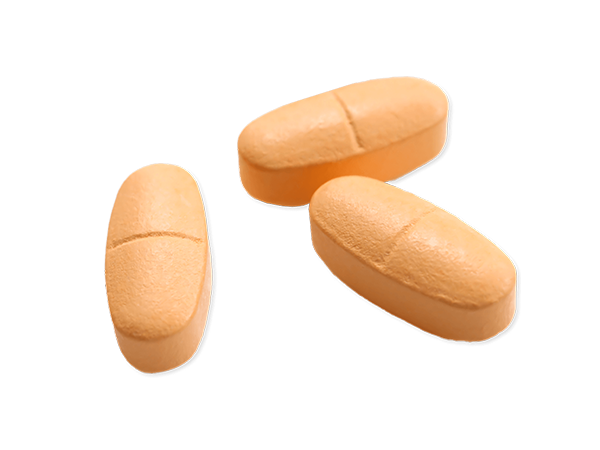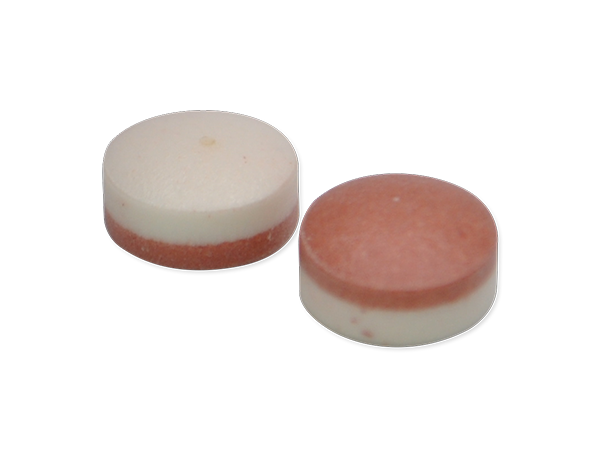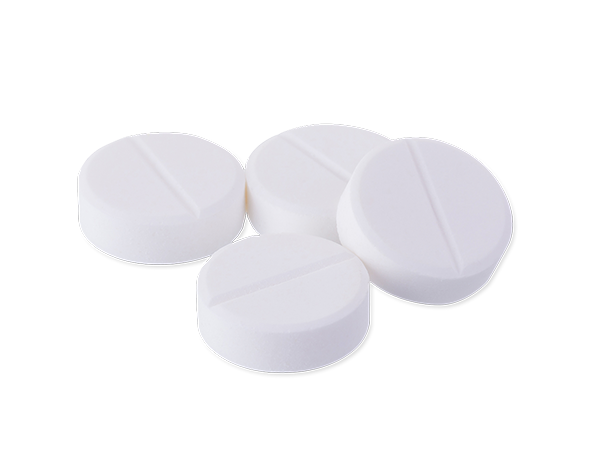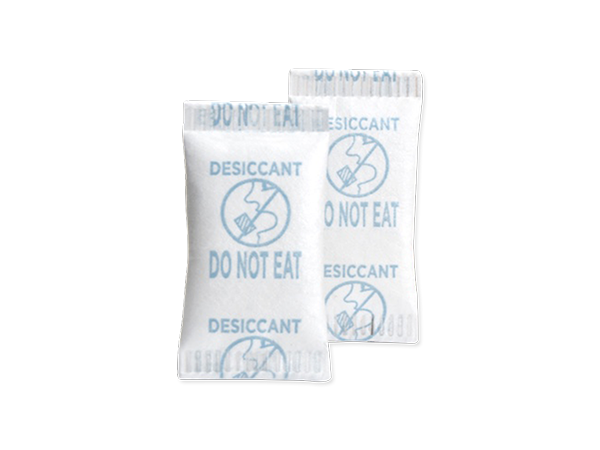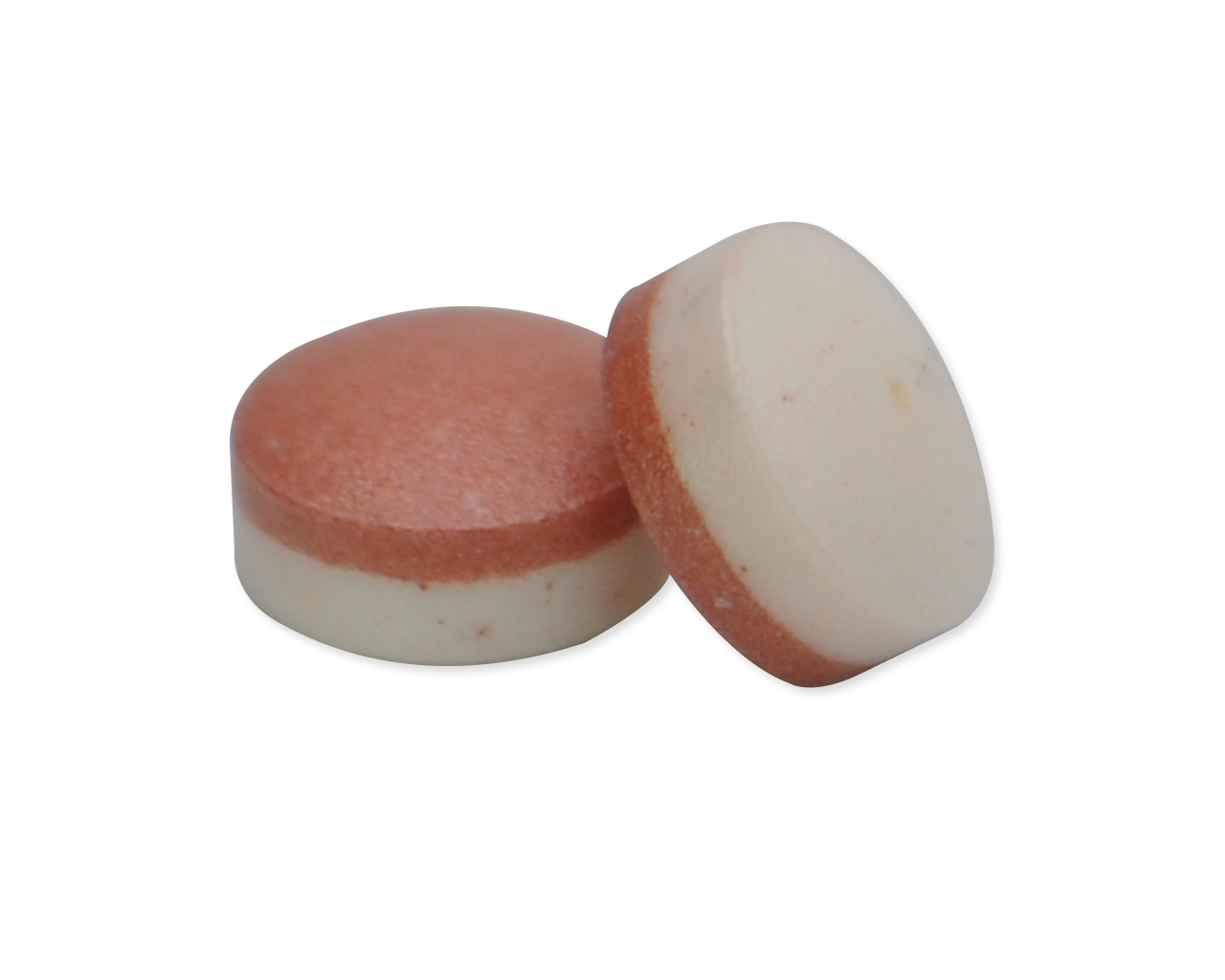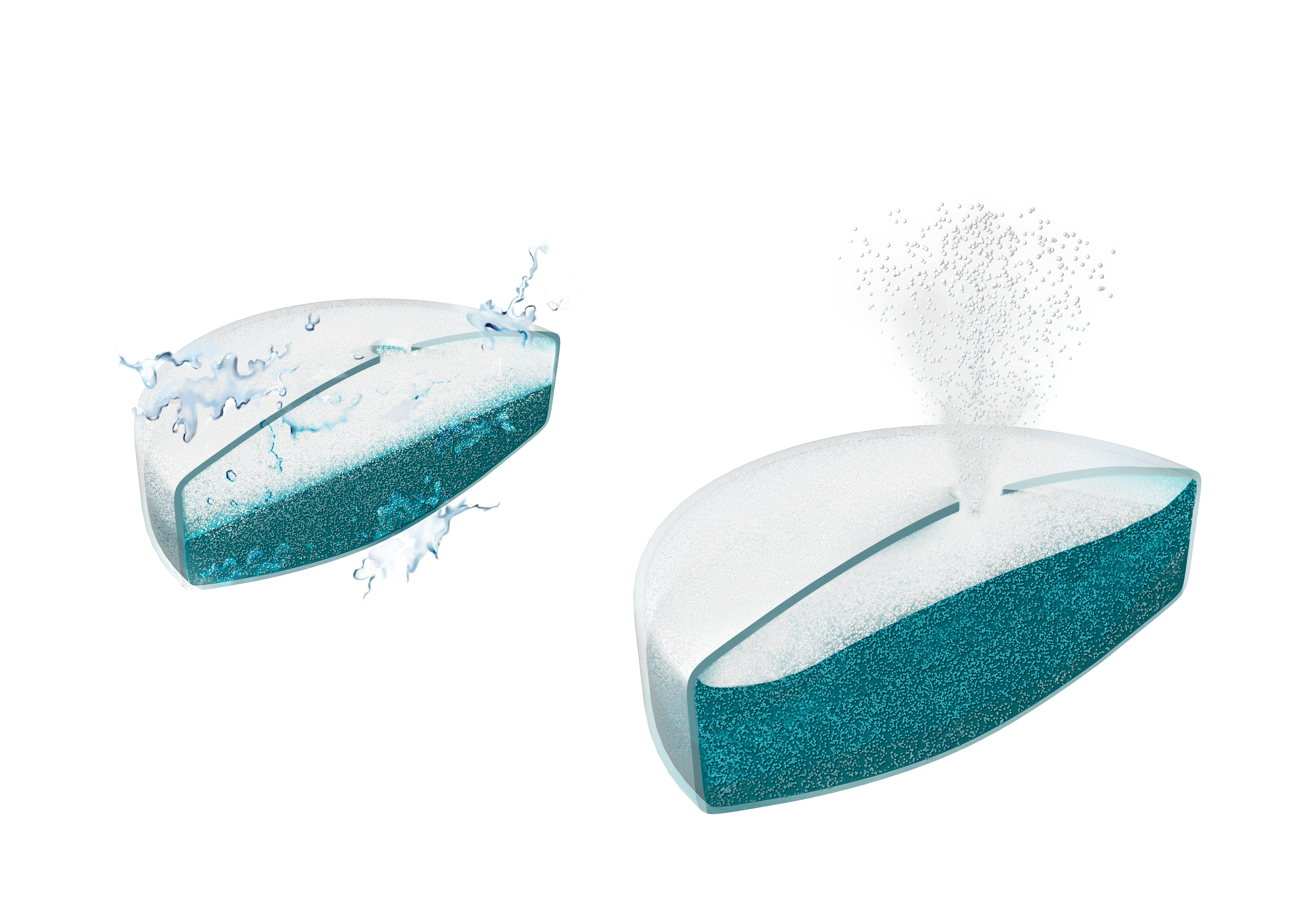At Colorcon, we promise to deliver excellence in every product, every process and every interaction. Our science-based approach to product development drives innovation. Our people-centric approach to customers and partners elevates it all.
Working Together for a Healthier World
Through a commitment to innovation, quality and collaboration, we ensure our customers' products go from concept to commercialization, quickly and easily.

Partnering Across Industries
In today's dynamic healthcare environment, there is increasing pressure to balance speed to market and manufacturing efficiency with product innovation and ever-evolving legislation. Choosing the right partner is critical to your formulation success.

Pharmaceuticals
Our comprehensive suite of products and services includes specialty excipients, film coating systems, controlled release formulation, and controlled atmosphere packaging.
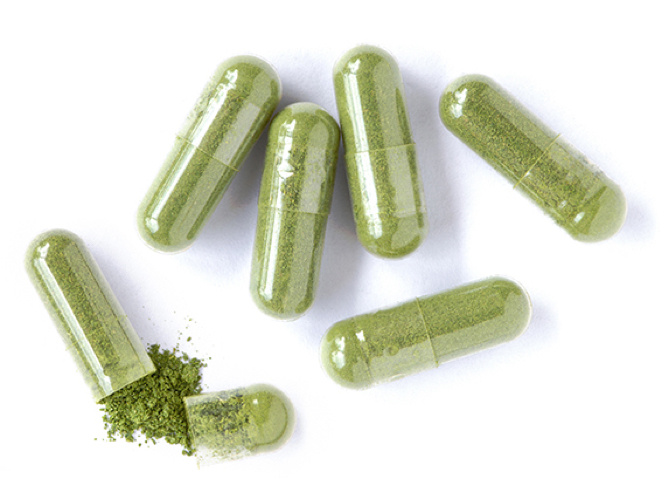
Nutraceuticals & Dietary Supplements
We help develop the clean label tablets, capsules and gummies consumers love — leveraging the expertise and discipline we have honed over 60+ years in the pharmaceutical industry.
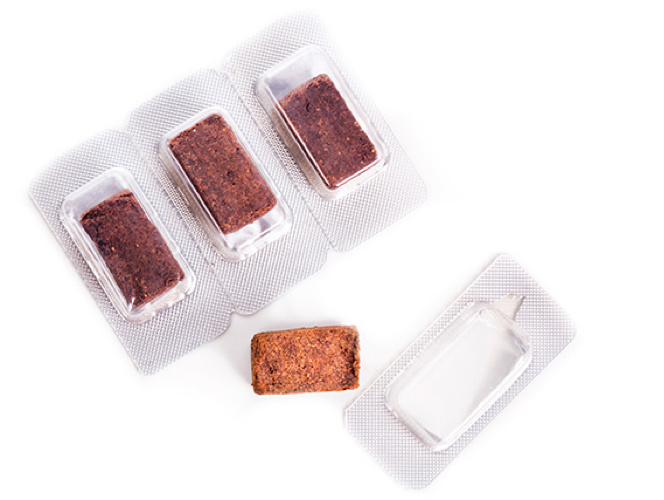
Animal Health
Our innovative solutions enhance palatability, ensuring animals "receive" or "take" their medications and supplements willingly. As a NASC Preferred Supplier, we're committed to delivering high-quality ingredients for the animal health industry.
Innovation From the Inside Out
Colorcon's comprehensive suite of products provides stability and protection for all aspects of formulation. From the core to coating to packaging, they safeguard your medications and ensure efficacy and reliability throughout shelf life.
Partner with our team to infuse your products with these industry-leading solutions proven to meet the evolving needs of patients and professionals worldwide.
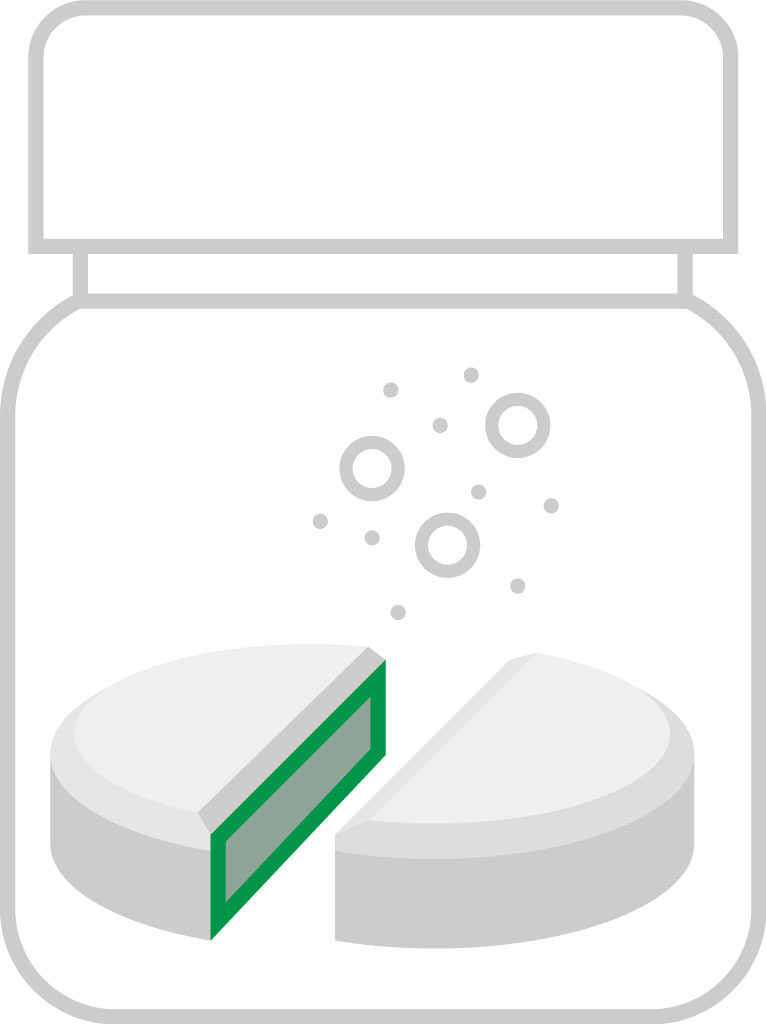
Core
Excipients
The foundation of solid oral dosage forms, our core excipients deliver the active ingredient and provide essential properties for drug stability.
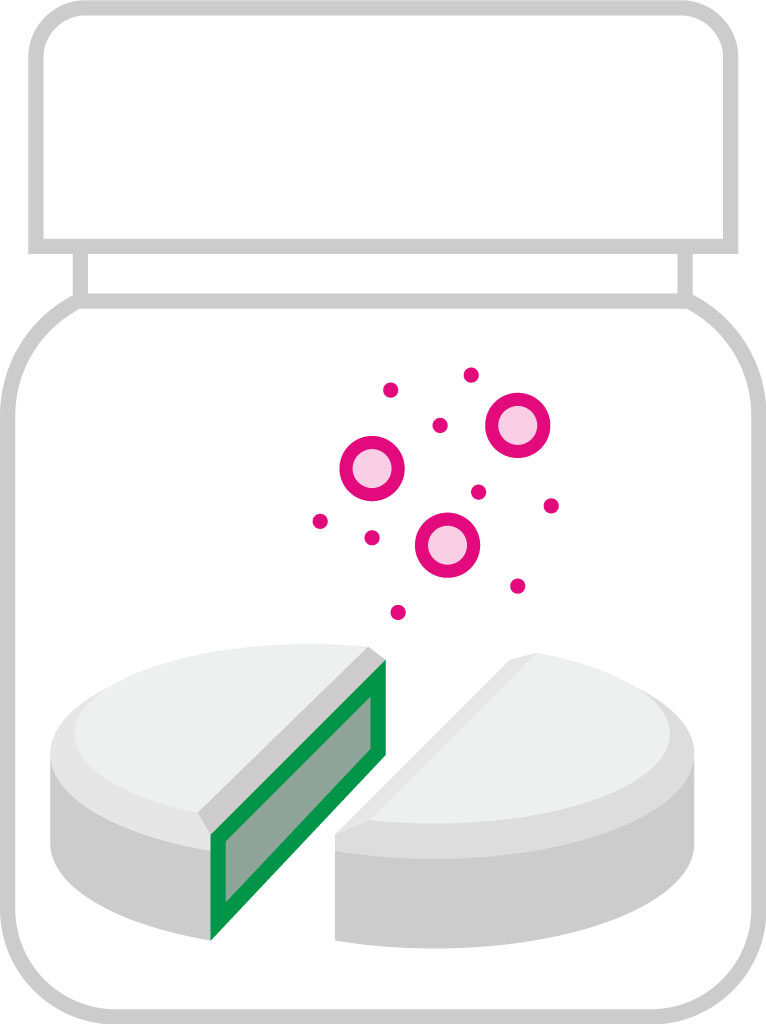
Controlled
Release
We specialize in technologies that ensure the controlled release of active ingredients, optimizing therapeutic effectiveness and patient compliance.
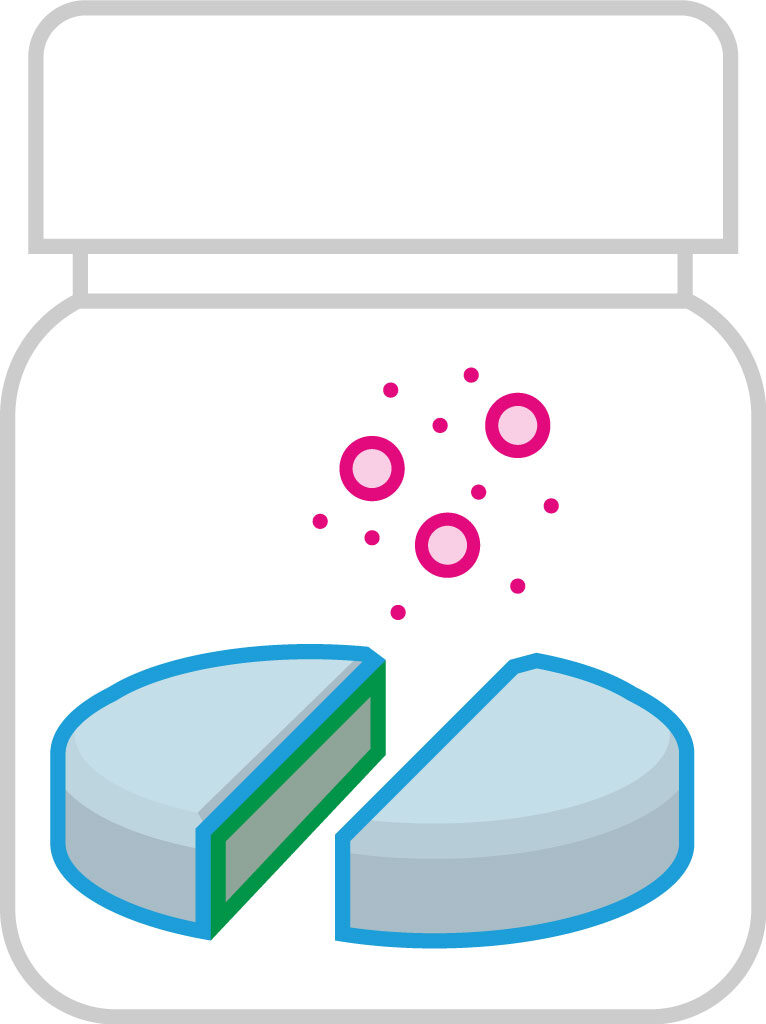
FILM
COATINGS
We offer high-quality film coatings that protect medications from environmental factors, improve appearance and enhance taste and texture.
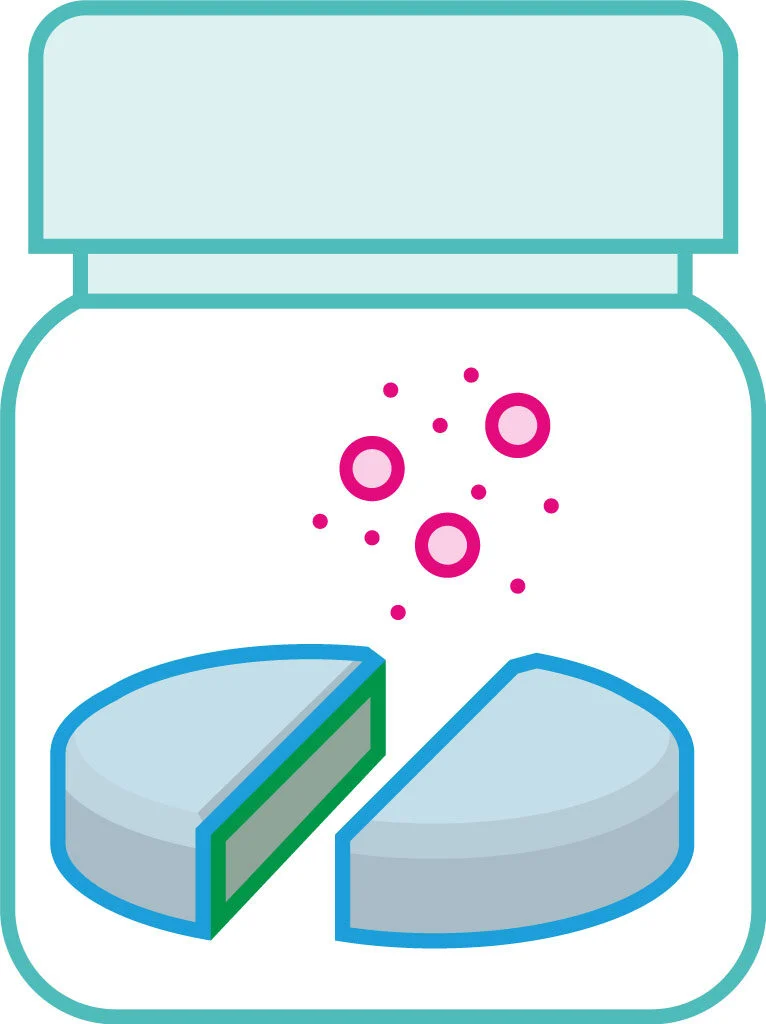
Controlled Atmosphere Packaging
Our innovative packaging solutions maintain medication integrity by controlling the internal atmosphere, preventing degradation and ensuring product safety.
Featured Products
Technical Expertise
Colorcon is more than just a supplier; we're a strategic partner committed to helping our customers succeed by making the products that improve your products. We understand your unique challenges and leverage our deep industry knowledge to develop innovative solutions that drive positive change.
Education & Insights
As industry leaders for more than 60 years, we're committed to continuous innovation and to providing customers like you with the knowledge, education and resources needed to succeed.
Global Respect Is at the Heart of Everything We Do
Sustainability at Colorcon isn't just about environmental stewardship; it's about people — our employees, communities and customers. We strive to create a positive impact on both people and the planet by innovating, sourcing and manufacturing our products in the most sustainable way possible.

